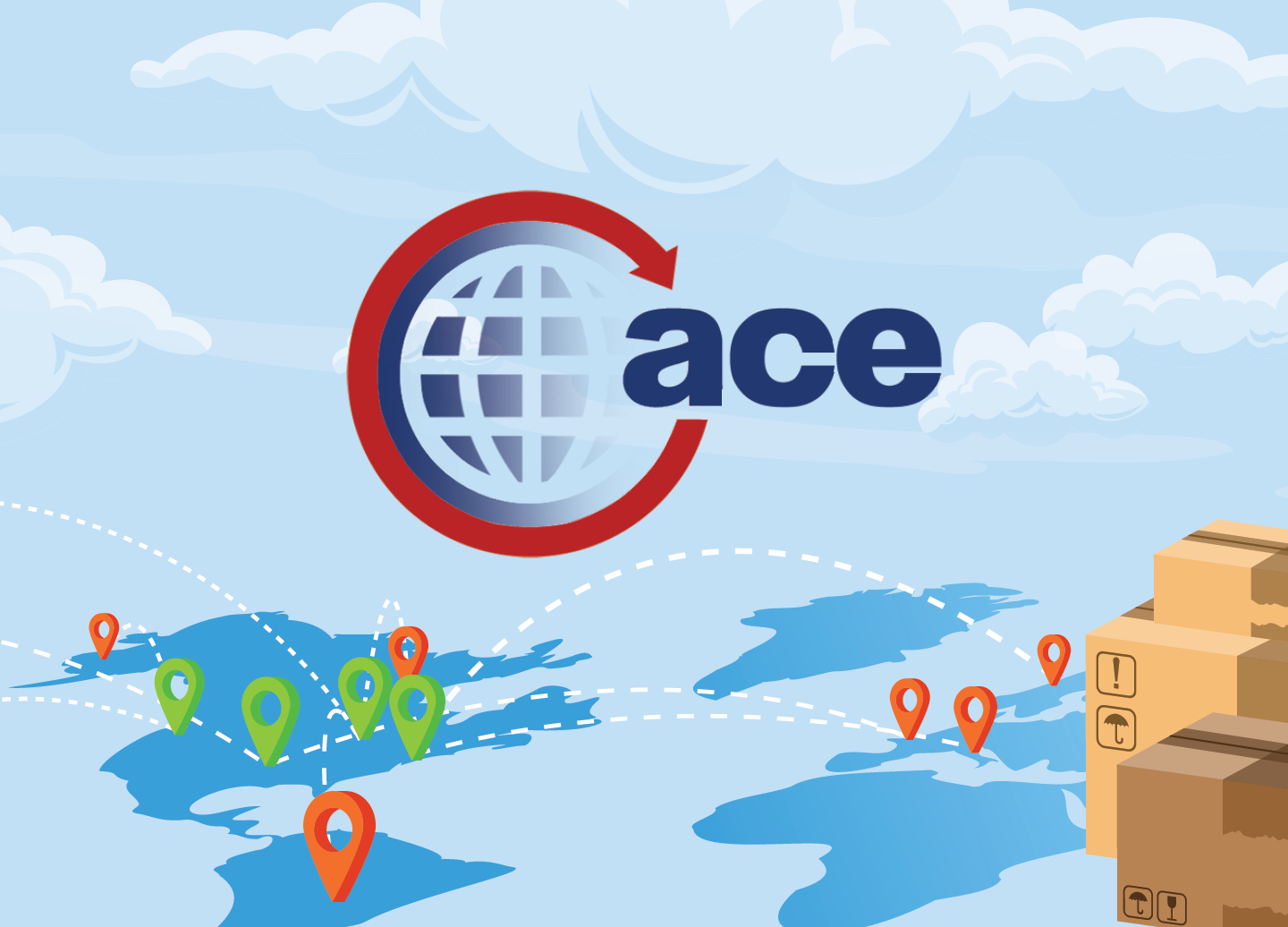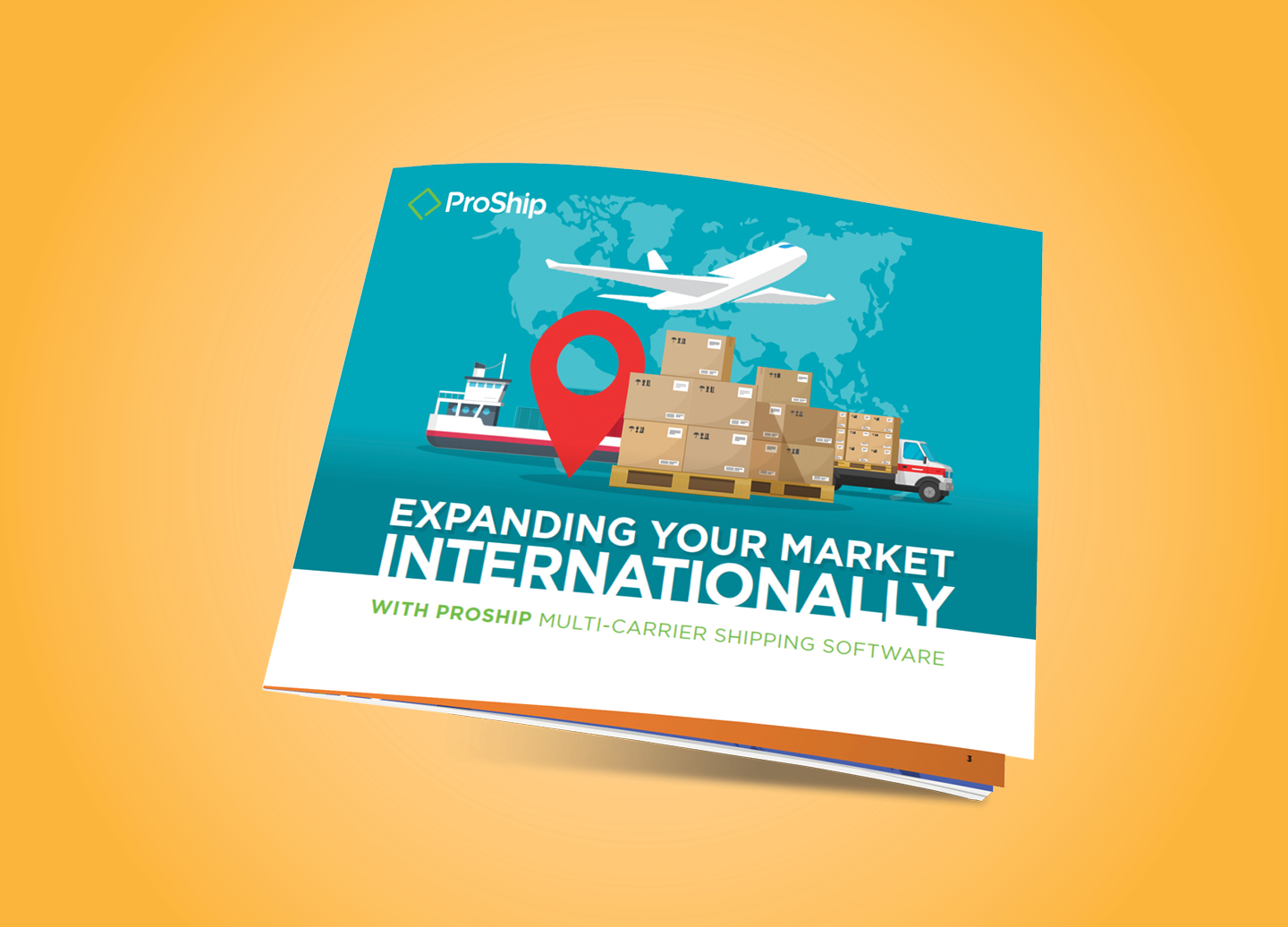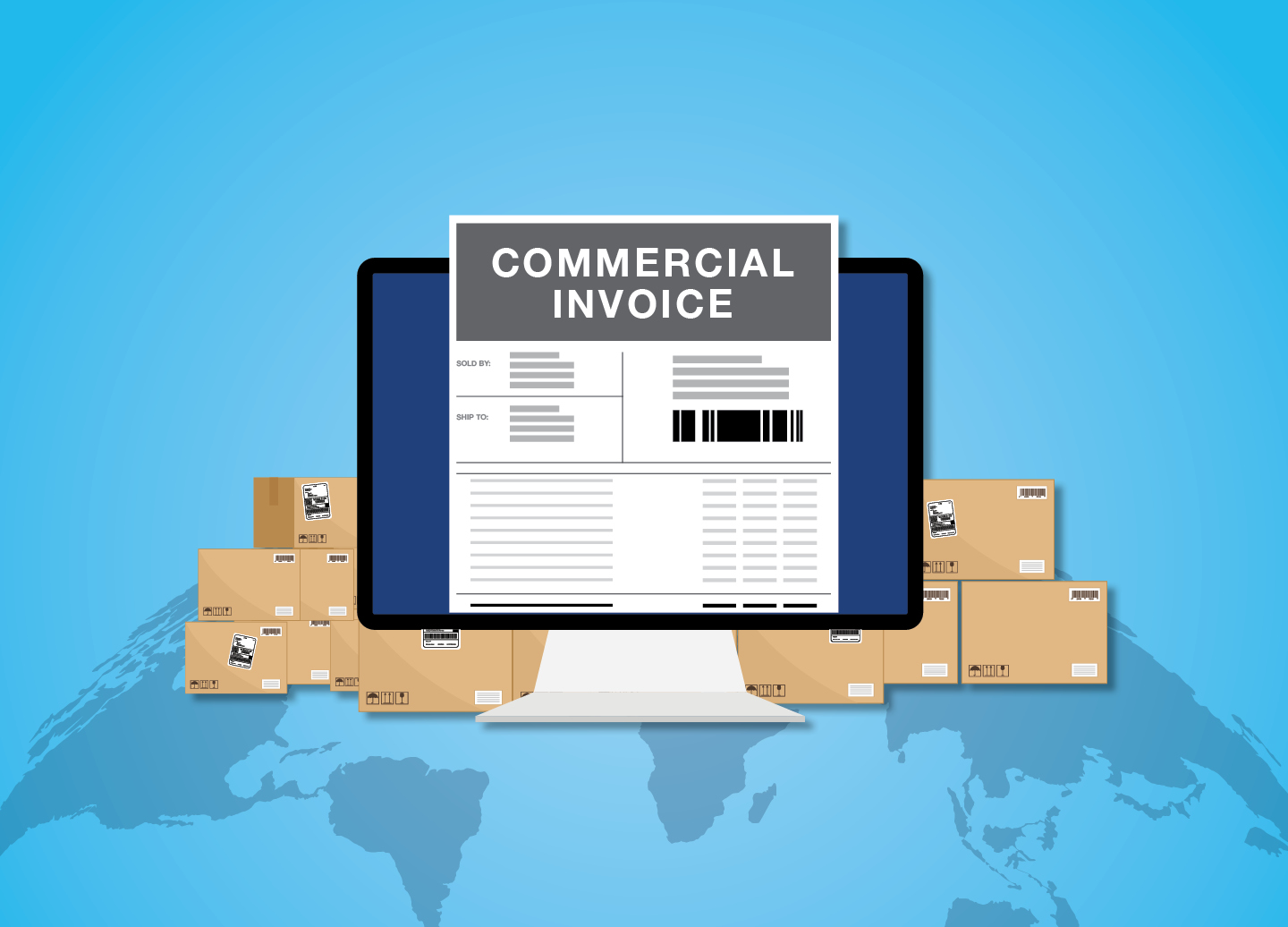Quickly and easily automate the AES filing process directly from ProShip multi-carrier shipping software.
International shipping can be an intricate and complex process, accompanied by many rules and regulations. With specific policies, tariffs, and documentation, businesses must know and follow specific guidelines and submit paperwork in order for shipments to pass customs clearance. In addition to documentation and regulations, time zones, language barriers, and currency exchanges all make international shipping more difficult than domestic shipping. However, if you partner with a vendor who understands how to execute cross-border shipments efficiently and compliantly, you and your customers will reap the benefits.
[Want to find out more about other cross-border required documentation? Learn about the Parts of a Commercial Invoice.]
Cross-border documentation: What is EEI?
One such example of required documentation is the Electronic Export Information (EEI), which is data for shipping goods from the U.S. to a foreign country. This information is used by the Census Bureau to calculate U.S. trade statistics. Customs and Border Protection (CBP) and the Bureau of Industry and Security (BIS) use the data to help ensure compliance with U.S. export regulations. One of the required reasons to file an EEI is because your shipment includes goods under the same Schedule B or harmonized tariff number valued at more than $2,500 or if a validated export license is required to export the shipment.
(Note: There are some exemptions – view more detailed information on the International Trade Administration website.) The exporter is responsible for preparing the EEI and the carrier or shipping software – see more information below – files it with U.S. Customs and Border Protection (CBP) through the Automated Commercial Environment (ACE) and within that, AES Direct.
What is ACE?
The Automated Commercial Environment (ACE) is the system used by U.S. exporters to electronically declare their international exports, known as Electronic Export Information (EEI), to the Automated Export System (AES) and the federal agencies involved in monitoring and validating U.S. exports. When EEI is submitted, the AES will process and respond with an Internal Transaction Number (ITN).
What are the benefits of using a shipping software vendor to file EEI?
If your shipping software is a certified vendor for ACE filings, you can use a single transaction to seamlessly file Electronic Export Information (EEI) as required by law and create a compliant carrier label with a supported carrier in your library. In addition, elite vendors will handle the export compliance, label creation and carrier regulations while automating the electronic filing of your export documents.
How can ProShip customers streamline their EEI file submissions?
Advanced solutions, like ProShip multi-carrier shipping software utilize real-time connections to the ACE system, resulting in an instant response to process your transaction – no more waiting!
Other advantages of ACE for ProShip Customers:
- Improved efficiency and productivity by utilizing a single point of access
- Quickly and easily automate the AES filing process
- International batch shipping
- One interface – no matter what carriers you use
- Fast, real-time response from ACE which means no delay
Looking to level-up your parcel shipping export program? Talk to ProShip
To automate your international shipping process, look to the experts at ProShip – the trusted solution for 30% of the National Retail Federation’s Top 100 Retailers who ship parcel – or visit our collection of international shipping resources to explore more about how ProShip helps to drive success in cross-border shipping programs.
For more information about ProShip’s ACE certification, please visit the United States Census Bureau’s website.

 Back to Blog
Back to Blog






